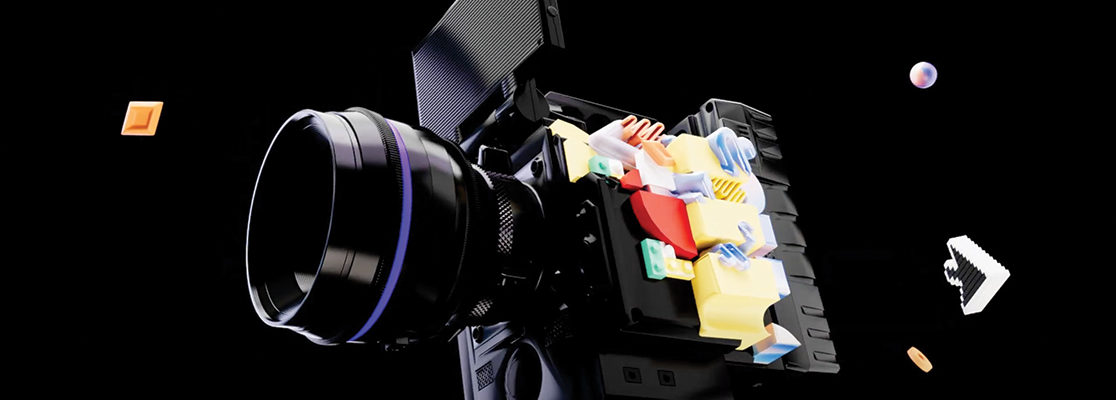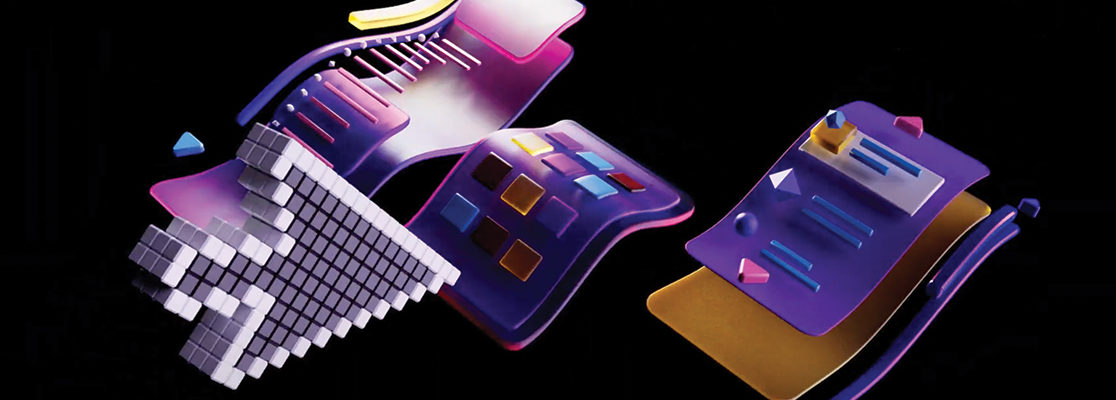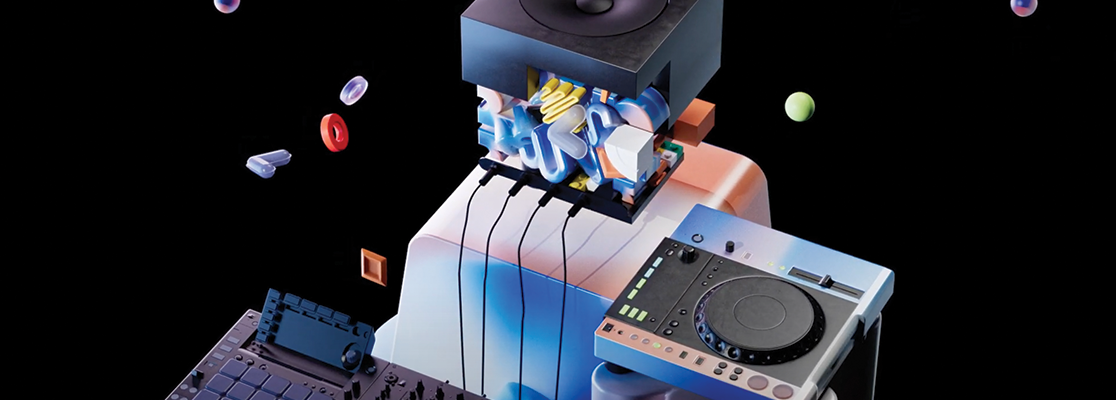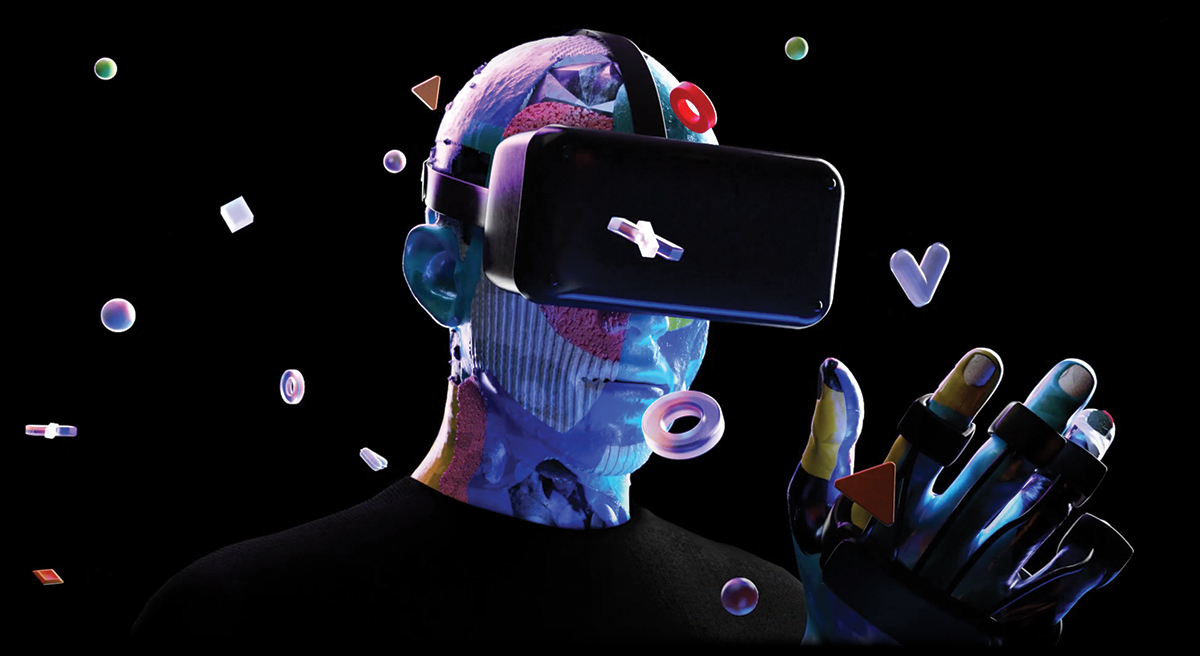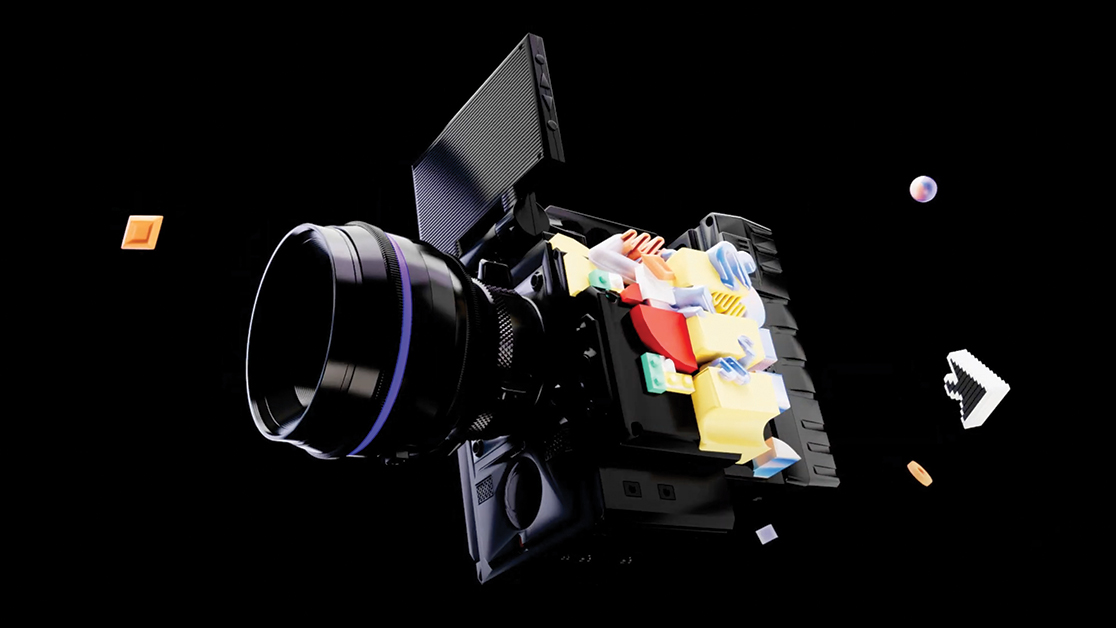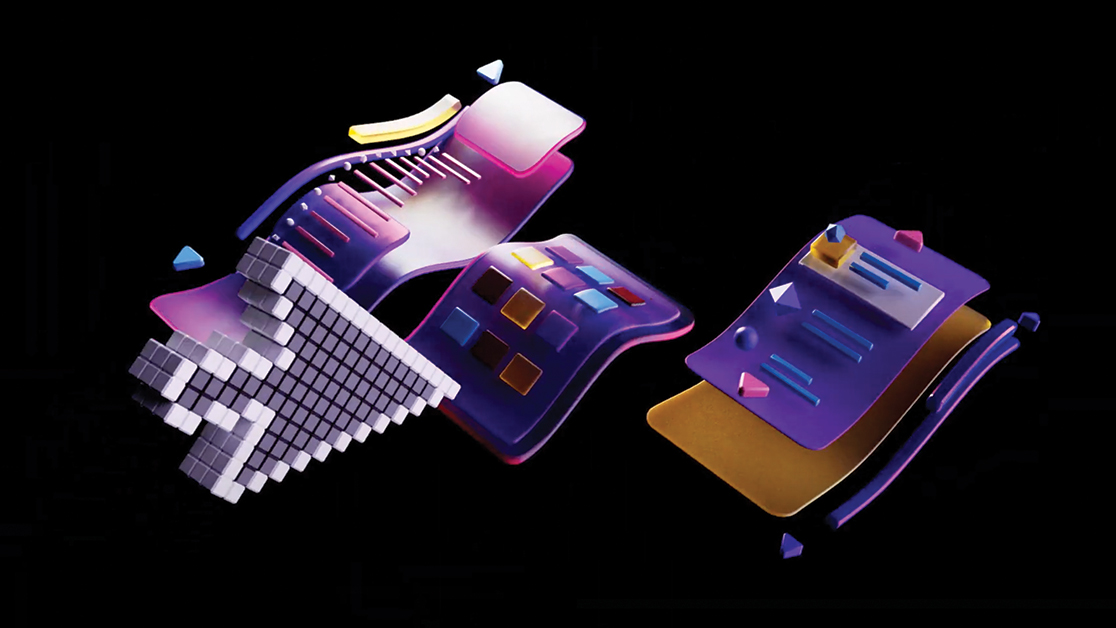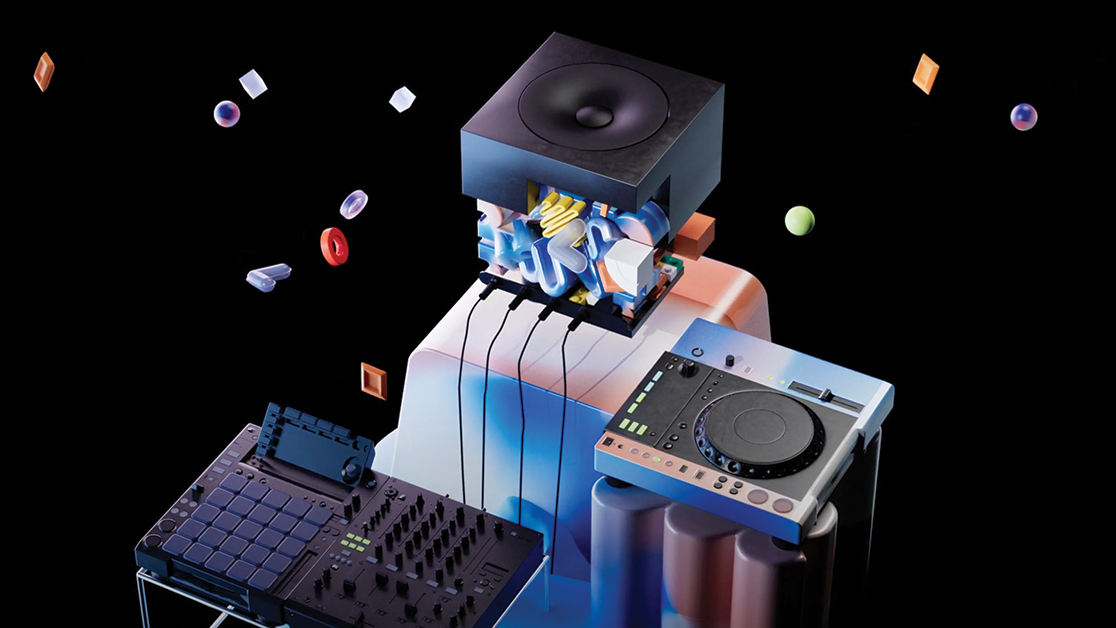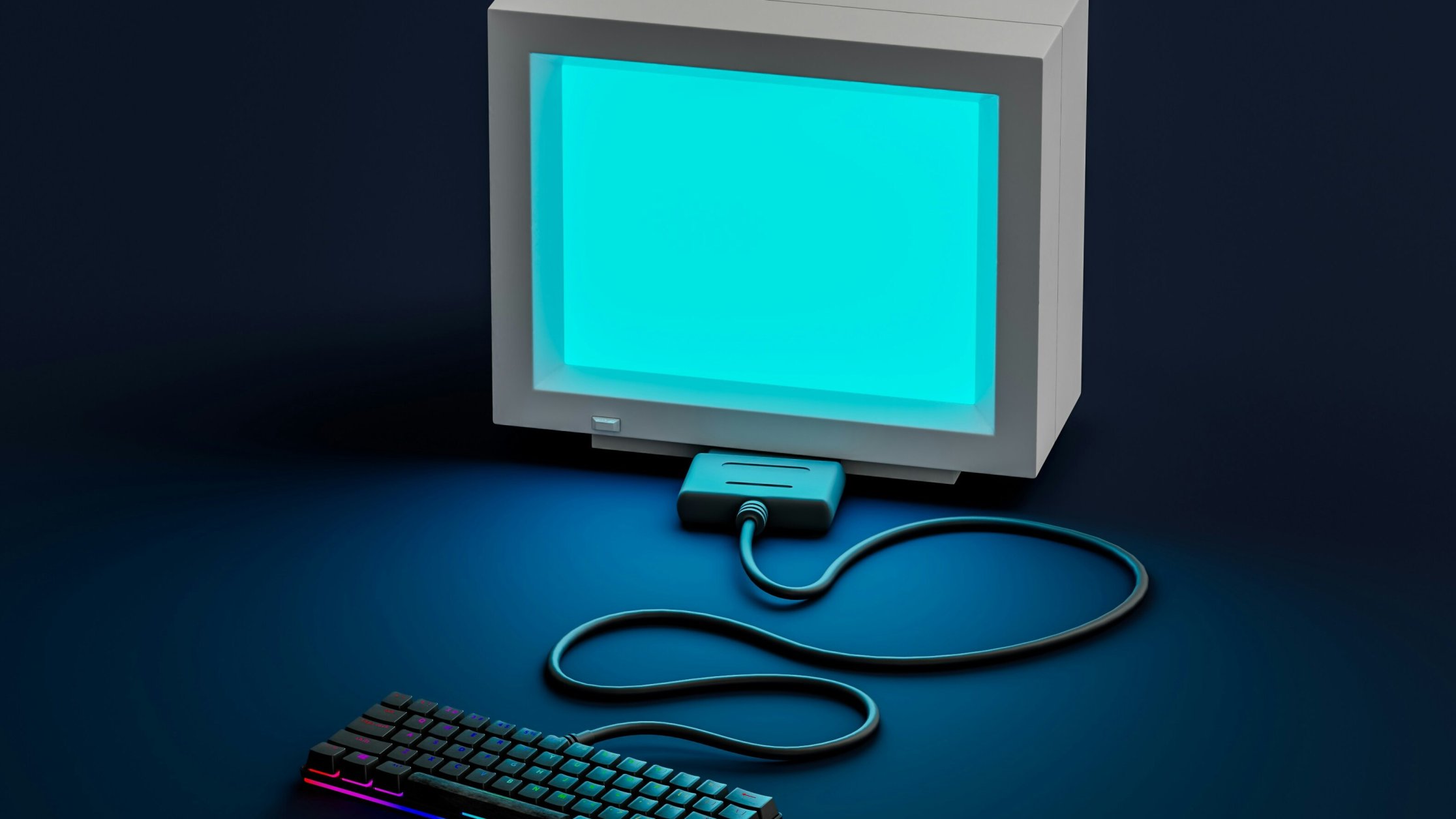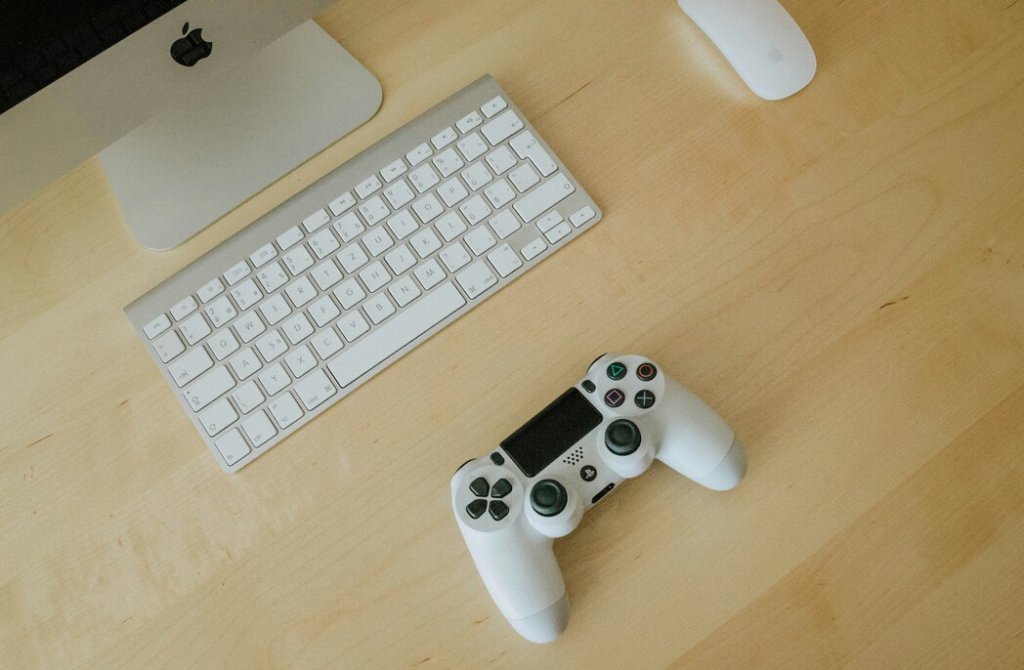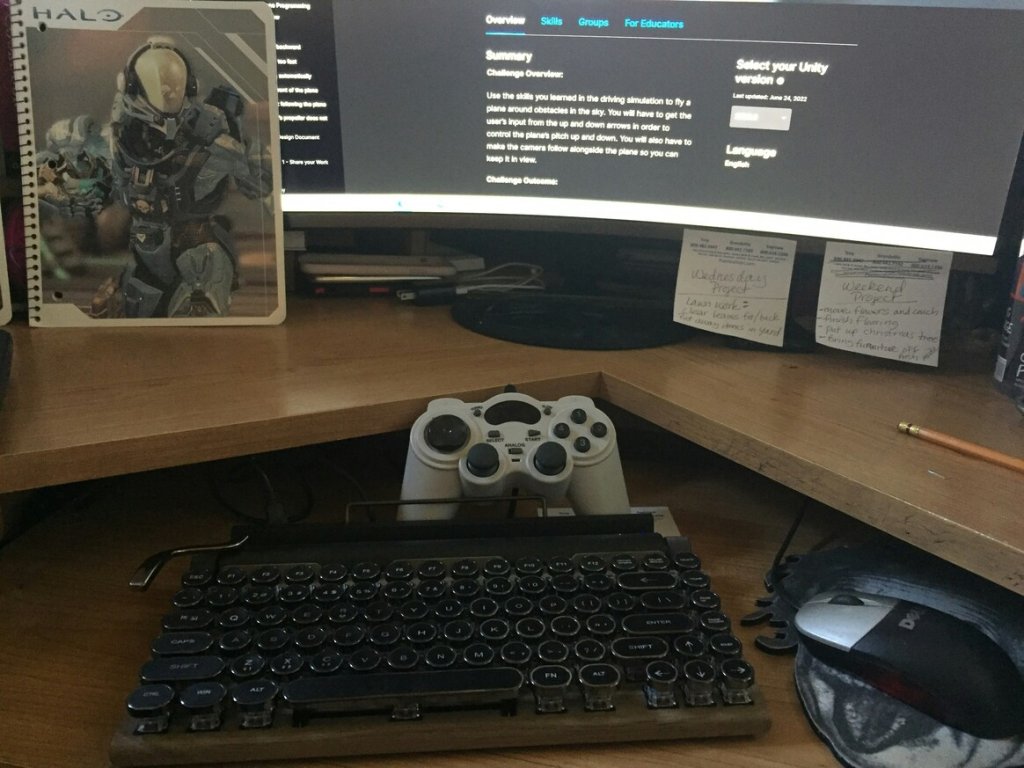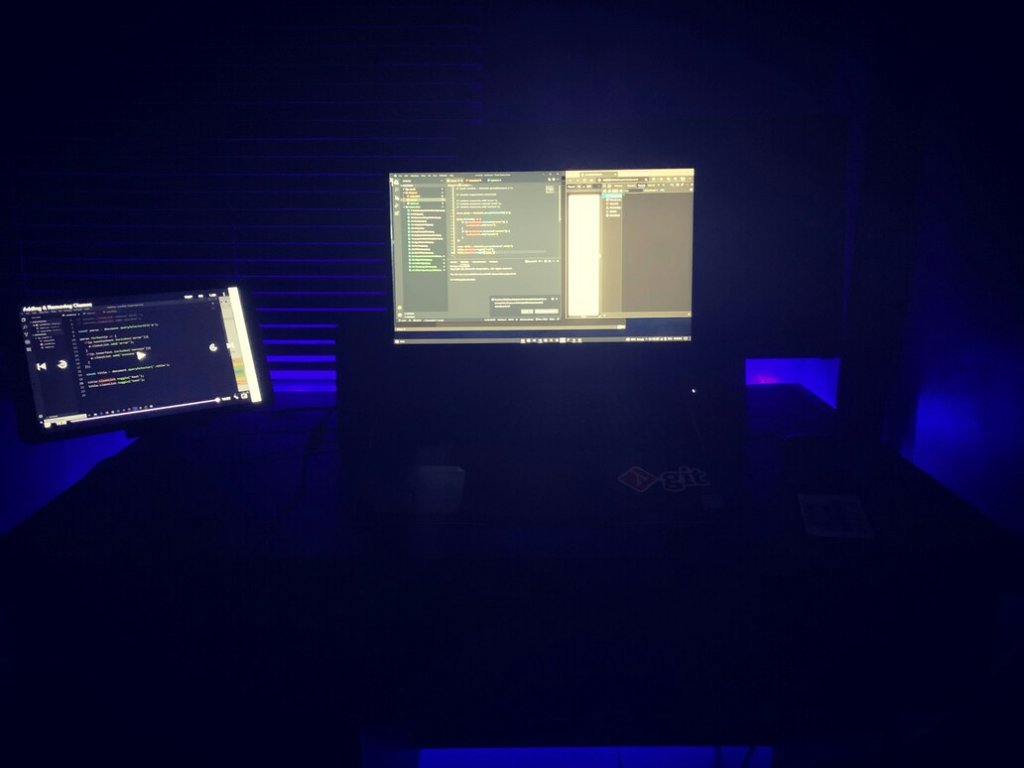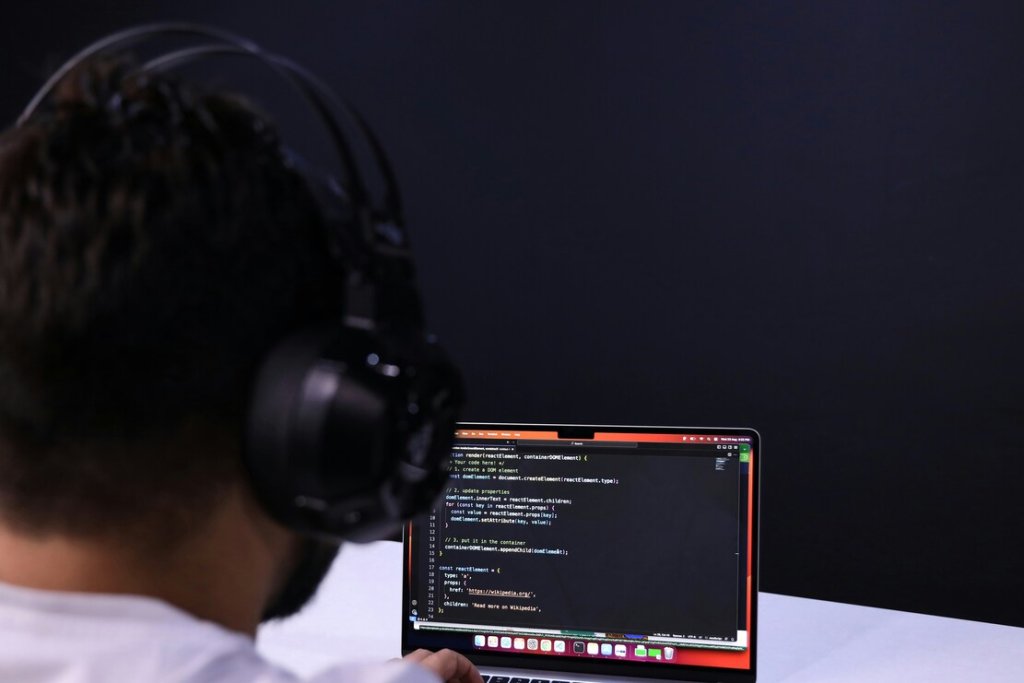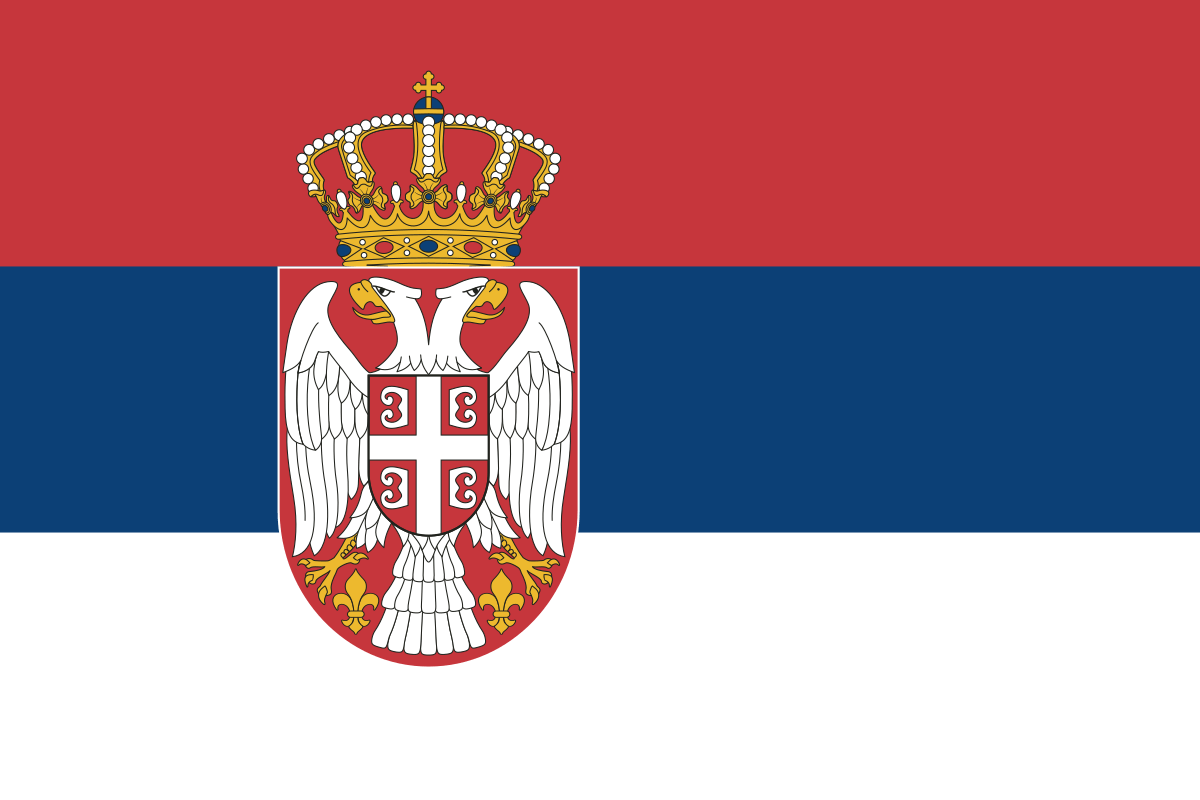A key part of a successful game programming career and learning game development is understanding how to bring your overall vision to life – and to be successful involves focusing on player game engagement as much as possible.
The video game world and game development process is underpinned by gameplay mechanics. This is what support the ideation of a game concept during the video game development process.
Studying a course such as SAE’s Game Design degree or Games Programming course will enable aspiring developers to hone the technical skills needed to create elements such as concept art, auditory elements and sound effects – the building blocks of your game’s vision. A course will combine technical know-how with creativity to ensure emerging game designers create experiences that blend compelling stories with fun to come up with games players enjoy.
This blog will delve into the roles of game designers, the different elements in game mechanics and how developers can gain knowledge and use their imagination to come up with an immersive player experience in a video game. If you’re interested in learning how to make a game idea become reality, then study games at SAE. Contact our team to find out how to launch your game programming career with us now.
What are game mechanics
Game mechanics are the fundamental rules, systems, and interactions that govern how a game is played.
The game elements that make up the mechanics define what players can do, how they can interact with the game world, and what happens when they behave in a certain way.
From design concepts and level design to compelling narratives, any creative vision for a gaming experience must be underpinned by these foundations of play. These are the interconnected sets of rules that work together to create a larger experience and can be applied across various platforms and formats. For example, a combat system in a game might involve rules for attacking, defending, and using special moves.
An essential part of a game programming career is understanding how to use mechanics to entertain players and enhance a game’s overall narrative.
Why are they important in the game development process?
The success of game releases can hinge on whether the mechanics work or fail. Gameplay can depend on this, as it provides a framework for how players interact with the gameplay experience.
This infrastructure can define how a game functions and what a game is known for. For example, in the Super Mario Bros series, the main character’s actions see him run, jump and stomp on enemies to beat them.
The level design means players need to progress as Mario through the game to defeat enemies, platforms and obstacles to overcome final bosses. Ultimately, the final product of a game design will dictate how players move, interact with the environment, solve puzzles, and engage in combat. The way mechanics are developed and combined directly influences how players feel while playing the game too. Good mechanics create a sense of flow, challenge, and reward, while poor ones can lead to confusion or boredom
Game development team responsibilities
As a member of a game development team, an aptitude for making a new concept and turning it into an engaging experience is key to success in the gaming industry. There are various aspects involved in this aim.
Translating design into code and refining gameplay: Many gameplay programmers take game design specifications and input them into working mechanics within the game engine. Core systems of the player experience in game play include the ways in which players move, fight and user interfaces.
Optimising performance: Part of the process of coming up with successful new ideas is to gather feedback from players, debug code and work on quality assurance to avoid any technical issues. Collaborating with qa testers can enhance the design so a game runs smoothly.
Ensuring intuitive player experience: The focus is on making the game feel good to play, ensuring controls are responsive and mechanics are engaging.
Collaborating with other teams: Gameplay programmers are effective communicators and able o build effective working relationships within a wider team. As a technical expert, you will need to be able to work closely with game designers, artists, and other programmers to bring the game to life. There are often challenges when working on a gaming project – and being able to come together to share skills and ideas can be essential.
Balancing and tuning gameplay: Following this process can help adjust game parameters and mechanics to create a balanced and challenging experience. From level designers to project managers, various stakeholders can be involved in this part of the process.
What skills do you need to have to enhance game mechanics
Any aspiring game design professionals will need to get to grips with an array of tools to take a great idea and turn it into a game. Creative visions will involve a range of core skills and attributes.
Essential game design skills
Proficiency in languages like C++, C#, or Python are essential as are a deep understanding of the principles surrounding game design so aspiring developers can enhance how players interact with them.
A can-do attitude will help programmers come up with solutions to complex issues as will understand fundamental programming concepts like variables, data types, loops, conditional statements, and object-oriented programming (OOP).
Understanding how game engines work
Experience with engines like Unity or Unreal Engine is often required and anyone studying at SAE for a game programming career will undertake. Both provide tools and libraries for creating games and are appropriate for different skill levels.
As mentioned, programming languages such as C# (Unity) or C++ (Unreal Engine) are commonly used in game development. There are different elements that are part of understanding how a game engine works. This includes how to load and unload game levels or scenes within the engine, understand how to implement and manipulate physics for movement and interactions.
Students on the course will also learn to handle input from various sources like keyboard, mouse, and gamepads.
Focus on Prototyping
Prototyping is an essential part of the design process with many games often involving simple versions at the beginning of a project. This will help test an infrastructure to see if the basics work and are playable.
This part of the process offers developers the space to experiment with different ingredients within a fledgling game’s mechanics. By testing out different approaches, this offers developers to test out various approaches.
This can be a great platform for a game to take off from – then various iterations can be made to refine the game’s core mechanics.
Collaborate with others
As with so many creative fields, the ability to work with others and communicate a vision can be essential to the success of a game. Everyone from sound designers to level designers needs to be aligned with the game design team.
Part of this is being open to feedback – the needs of a project are sometimes bigger than those of an individual and the ability to coalesce around a final vision is what will drive a game project forward.
STUDY games at SAE
Whether you want to study Games Programming, Game Design or Game Art and Animation, our Gaming faculty has an array of courses to suit you and your ambitions.
Our state-of-the-art facilities and expert tutors are well placed to give your career the best possible start in exciting and creative sector.


